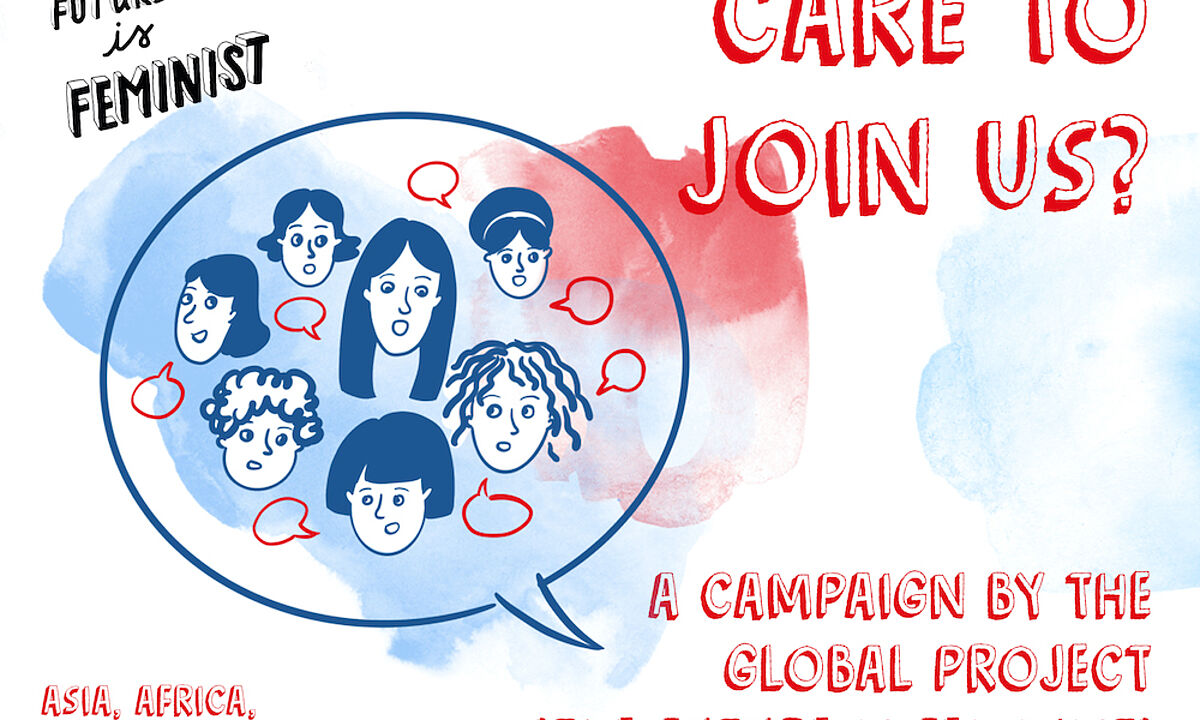Is geography destiny? Mexico faces the renegotiation of NAFTA
According to various analysts, the North American Free Trade Agreement (NAFTA) is one of the most important agreements in Mexican history, surpassed only by the treaty of Guadalupe Hidalgo from 1848, in which Mexico formalized the loss of more than half its national territory at the end of the war with the United States. It is not strange that both accords are with that country. After all, as Halford Mackinder rightly said, geography is destiny. The treaty is now to be renegotiated because of pressure from the Trump administration, which has been generating tension with Mexico over the decision by the president to build a wall at the border.
NAFTA is a transcendental part of the modern history of Mexico. It is the lens that has magnified the structural dynamics of the country's economy since it began opening to trade in 1986, with its entry into the General Agreement on Tariffs and Trade (GATT).
The reality is that NAFTA has left Mexicans with less than is commonly believed and has cost less than its detractors often maintain.
However, when confronting the discussion on NAFTA—and especially now, at the time of its renegotiation—we are used to encountering plentiful studies and analyses, if not excessive myths about the treaty’s supposed costs and benefits. The reality is that NAFTA has left Mexicans with less than is commonly believed and has cost less than its detractors often maintain.
Busting the myth
If we judge the agreement by its original purposes, it has been successful; foreign investment grew by more than 300 per cent and exports increased by more than 800 percent. Both objectives—foreign investment and exports—were intended to alleviate a chronic problem of the Mexican economy: the scarcity of foreign currency and the frequent balance of payments problems frequent in the 1980s in the countries that followed the import substitution industrialization (ISI) scheme. The long-awaited macroeconomic stability that we take for granted today was largely the result of the export model, together with the adoption of a flexible exchange rate.
Yet this explanation is a simplistic and incomplete view of the trade agreement. NAFTA brought more than just an acceleration in the economic opening of the country and its integration into the revolution of global value chains: there was also a transformation in the country’s concept of development. Mexico precipitously abandoned its traditional industrial policy—both its successes and its mistakes—and devoted itself to a new productive model. In the words of the minister of commerce at the time, Mexico had the best industrial policy by having no industrial policy.
"It did not take long for the big winners of the agreement to become apparent—high-tech manufacturing sectors such as the automotive sector and more recently the aerospace sector are among them—but the biggest losers materialized as well"
This process caused a paradigm shift in development strategy. Economic liberalization ceased to be a strategic activity and became dogmatic for subsequent administrations. The state gradually abandoned its role in boosting economic growth, while getting rid of inclusion policies at the same time. It did not take long for the big winners of the agreement to become apparent—high-tech manufacturing sectors such as the automotive sector and more recently the aerospace sector are among them—but the biggest losers materialized as well, including various workers in rural Mexico.
While this was a predictable result of international trade, the Mexican case had something extra: the winners and losers were always the same. The distributional effects of trade have been largely ignored since the treaty’s beginning, and this continues to be the case in the present.
Detailed analysis makes it easy to recognize that Mexico has had mixed results in relation to NAFTA. Gains have come from its transformation into an exporting power, which has created millions of jobs (between 4 and 6 million that depend on the trade in the region). But there are debatable issues even within the context of these benefits.
The labour cost of the automotive sector is illustrative in this regard. Whereas in Canada and the United States the average salary of workers in the automobile industry has increased by about ten dollars an hour, according to data from the US Department of Labour, wages in Mexico have gone up by only two dollars. This is an increase that does not correspond to the improvements in productivity; it demonstrates the huge disparity in Mexico in terms of the functional distribution of income. Capital captures about 70 per cent of profits in Mexico, and wages a scant 30 per cent. Mexico is an atypical case for international standards: an economy that exports at a rate matched by few other economies in the world, with growth at a rate more similar to economies of the nineteenth century than those of developing economies in the twentieth or twenty-first centuries.
Renegotiating new faultlines
Apart from this context, the renegotiation of the treaty is technically and politically complicated. Mexico is at a disadvantage because, from the US perspective, negotiation seems to be a political rather than an economic issue. Right now, it is centred on absurd ideas such as the reduction of bilateral deficits and other policies that seem to be more typical of eighteenth-century mercantilism than of the dynamics of the global economy of our time. In this very peculiar context, the main battlefields seem to be centre on the key chapters of the agreement, such as 19, on how to prosecute disputes over unfair trade, 20, on State-State conflict-resolution mechanisms, 12, on investor-State conflicts, and the famous chapter 11, on the protection of investments.
All these chapters have a marked relevance, since most of them constitute defensive lines for Mexico: those in which Mexico seeks to produce improvements but not to cede the territory it has already won. At the same time, other battle lines on issues of regional content are being drawn, with potential repercussions for the sectors that have benefited from the treaty, such as the automotive industry. A bad negotiation along these terms, one which leaves rules of origin too stringent or incorporates rules of national content, could end up expelling more jobs from value chains than the US intends to conserve, an effect that would be detrimental to the entire region.
In such a scenario, it would probably be better to have no agreement than to have a bad agreement. After all, the rules of the World Trade Organization (WTO) are not that unfavourable, and in some cases—the absence of the chapter on investment protections, for example—could potentially be beneficial to Mexico.
No trade-off of labour and environment
Relatively little is known about the direction of the negotiations so far. However, it is recognized that labour issues seem to be a major obstacle and that other issues like intellectual property could also be difficult. It is remarkable that Mexico is the one resisting wage increases, holding fast to the old idea that low wages will be the source of its competitiveness—and not other aspects like its human capital. The celebrated economic historian Robert Allen, in his account of the industrial revolution and its causes, noted that high wages make the greatest investment in education possible and feasible and thereby favour technological change and productivity gains.
"If Mexico chooses to modernize the agreement, it must take labour issues seriously when it does so, including the guarantee of free unions that give workers bargaining power and allow wage convergence in the long term."
Mexico would do well to correctly dimension the impacts of the treaty by constructing a "Plan B". At the very least, the country should consider and discuss publicly what the costs and benefits of renegotiation are and what would happen should an agreement not be reached. Many people think that its worst effect would be in terms of short-term uncertainty rather than consequences for the structure of the economy.
If Mexico chooses to modernize the agreement, it must take labour issues seriously when it does so, including the guarantee of free unions that give workers bargaining power and allow wage convergence in the long term. It must consider an agreement on labour mobility in the region and the integration of its labour markets, as well as its environmental issues, perhaps requiring the US to stop the environmental dumping that Trump’s departure from the Paris Agreement represents.
NAFTA 2.0 should not be a TPP 2.0: it must be an agreement that guarantees opportunities to those who have never benefited from the agreement. Otherwise, the same paradigm of development will continue to prevail. And the results, of course, will be no different. ###
Translated from the Spanish and adapted for style, the text was first published by Nueva Sociedad September 2017.
About FES Connect
Connecting people, in the spirit of social democracy, we source and share content in English from the German and international network of the Friedrich-Ebert-Stiftung.




